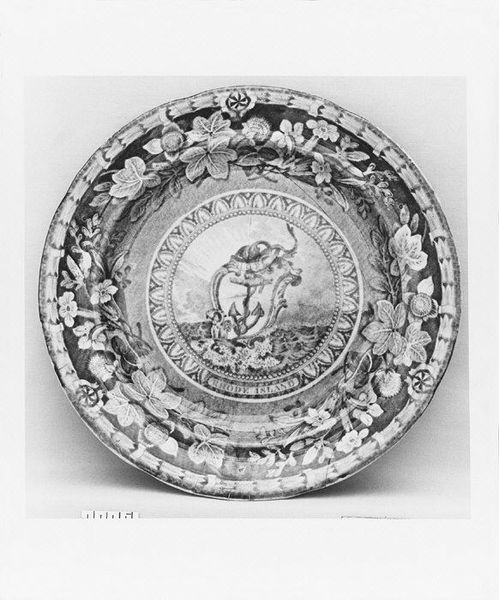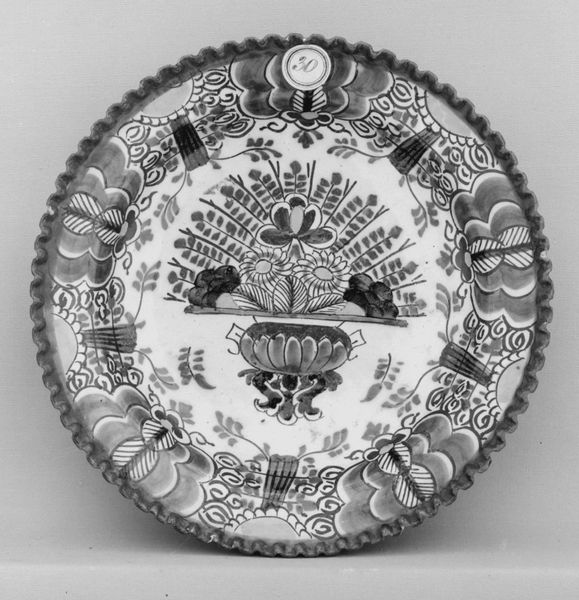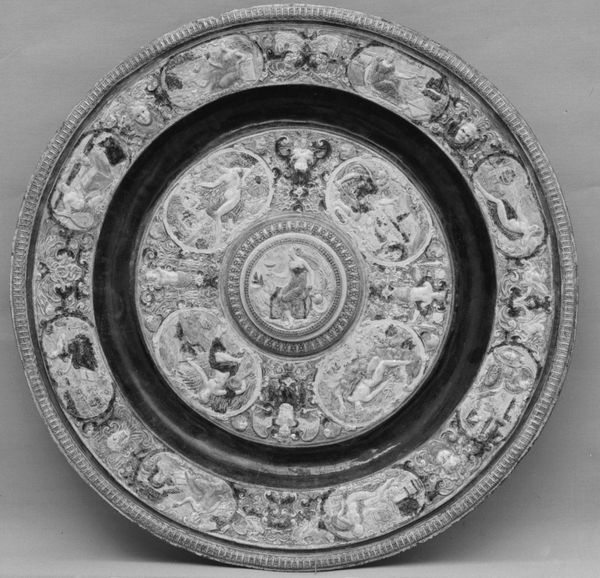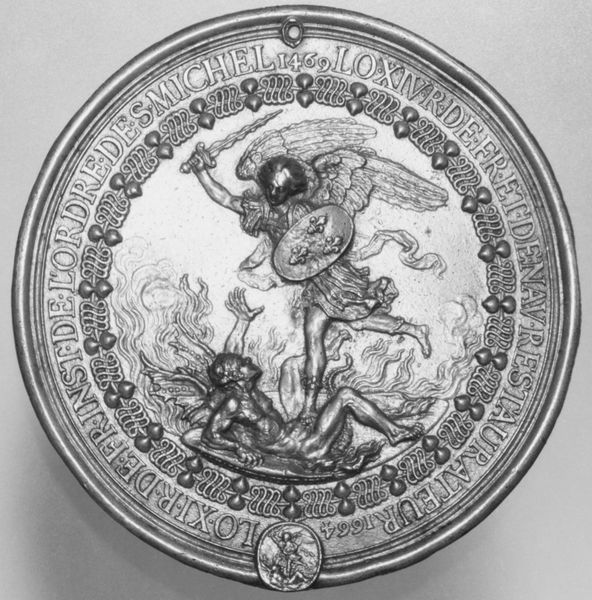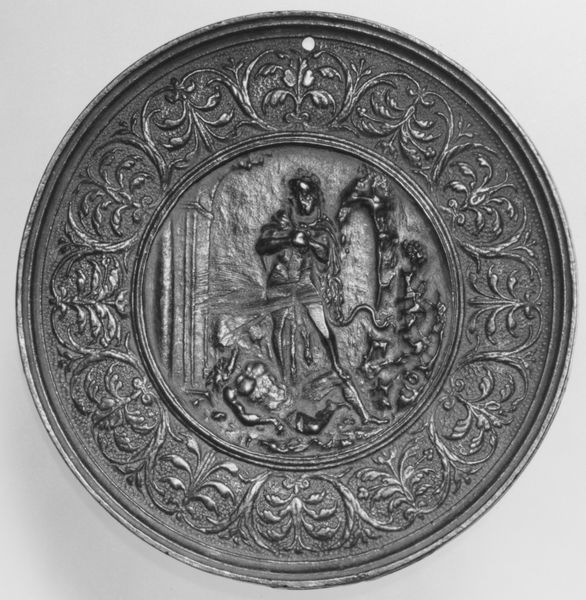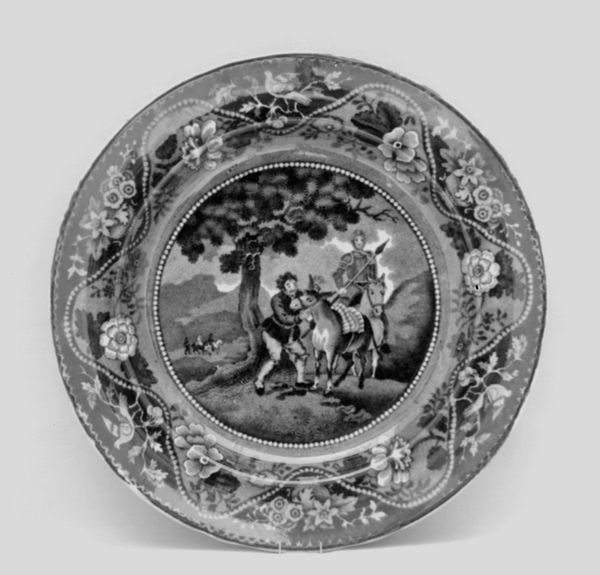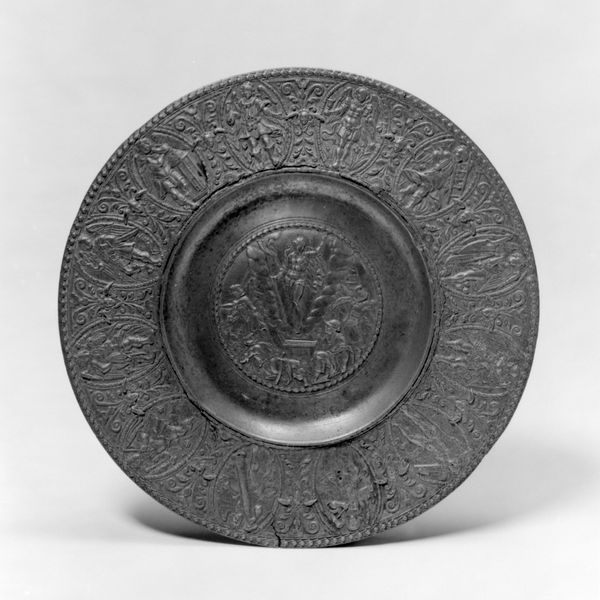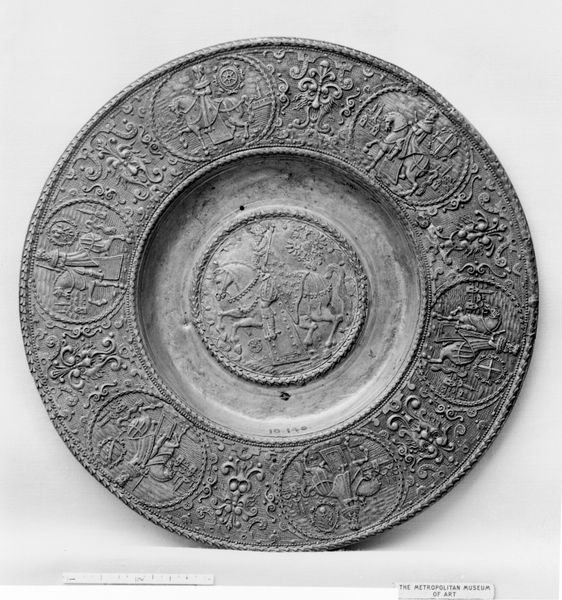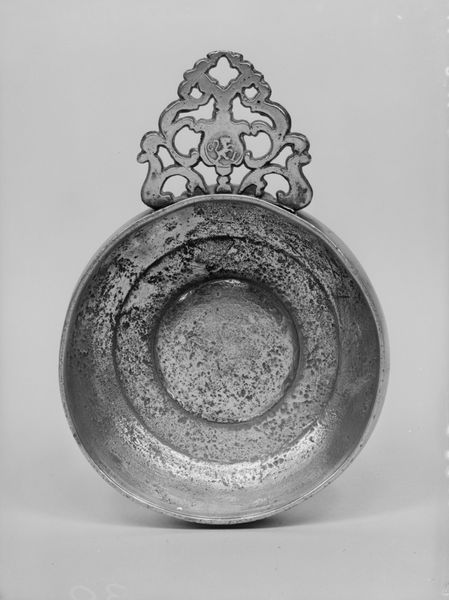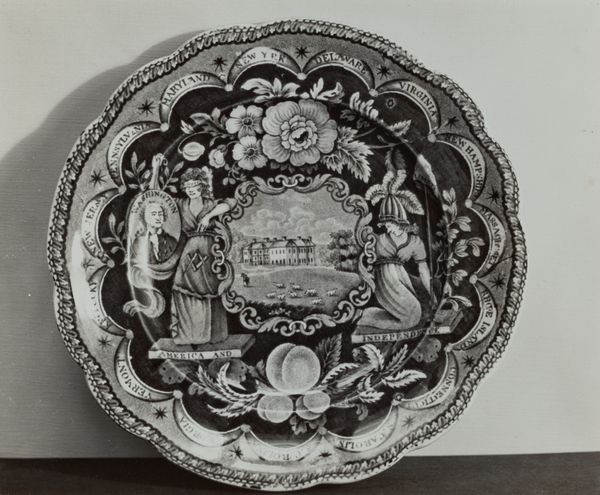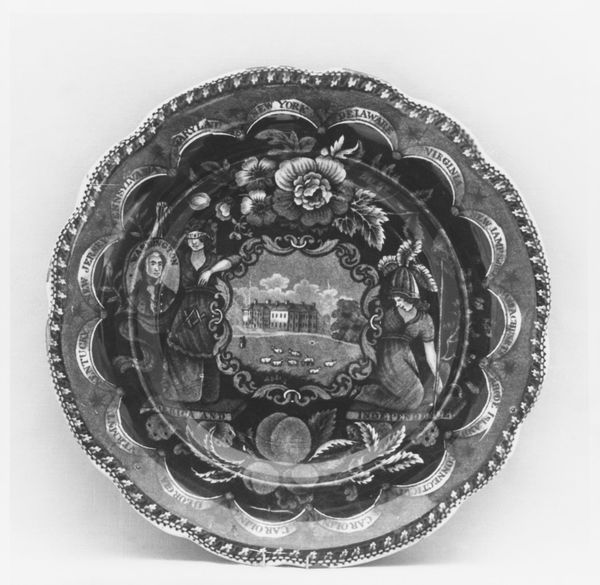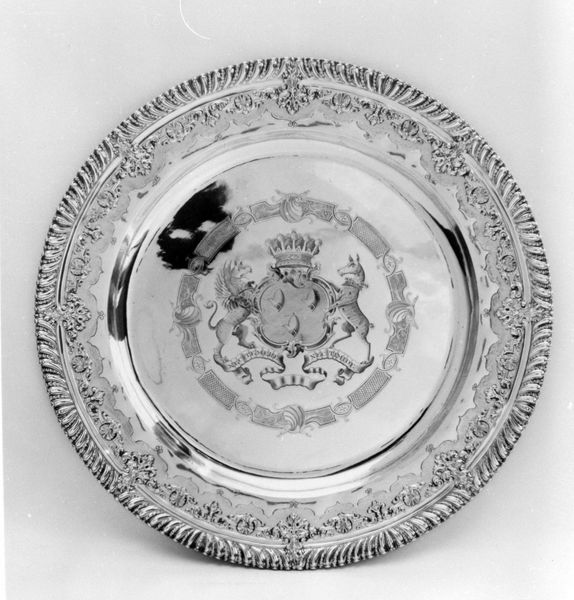
ceramic, sculpture
#
portrait
#
neoclacissism
#
sculpture
#
ceramic
#
sculpture
#
decorative-art
#
profile
Dimensions: Diameter (without frame): 4 9/16 in. (11.6 cm)
Copyright: Public Domain
Editor: Here we have Jean-Baptiste Nini's ceramic portrait of Empress Maria Theresa, dating back to 1769. It's struck in profile in a style evocative of ancient coins. It seems a rather formal and detached portrayal, almost… propagandistic? What do you make of it? Curator: It is a powerful image, certainly crafted to project authority. Consider the period: the late 18th century, where art became increasingly entwined with political messaging. How does the artist utilize neoclassicism to convey power? Editor: Well, there's the profile view, immediately bringing to mind Roman emperors. The lettering around the edge, the overall sense of idealized composure. Is the aim simply to associate Maria Theresa with that lineage of power? Curator: Exactly, and neoclassicism, in its revival of classical forms, became a visual language of legitimacy. Who controlled the narratives presented in these types of works, and what purpose did it serve to them at the time? Think about Maria Theresa's specific political context - the challenges to her rule, the wars she fought. Editor: So this wasn't just a portrait, it was carefully constructed piece of political imagery intended for very public consumption. Something almost like a carefully designed press release for its time. Curator: Precisely! The seemingly simple profile is laden with carefully considered visual cues designed to reinforce Maria Theresa’s power and lineage. Now, where do you imagine that images such as this could have been seen at the time of creation? Editor: That's a fascinating insight. I'll never look at these types of portraits the same way again.
Comments
No comments
Be the first to comment and join the conversation on the ultimate creative platform.

